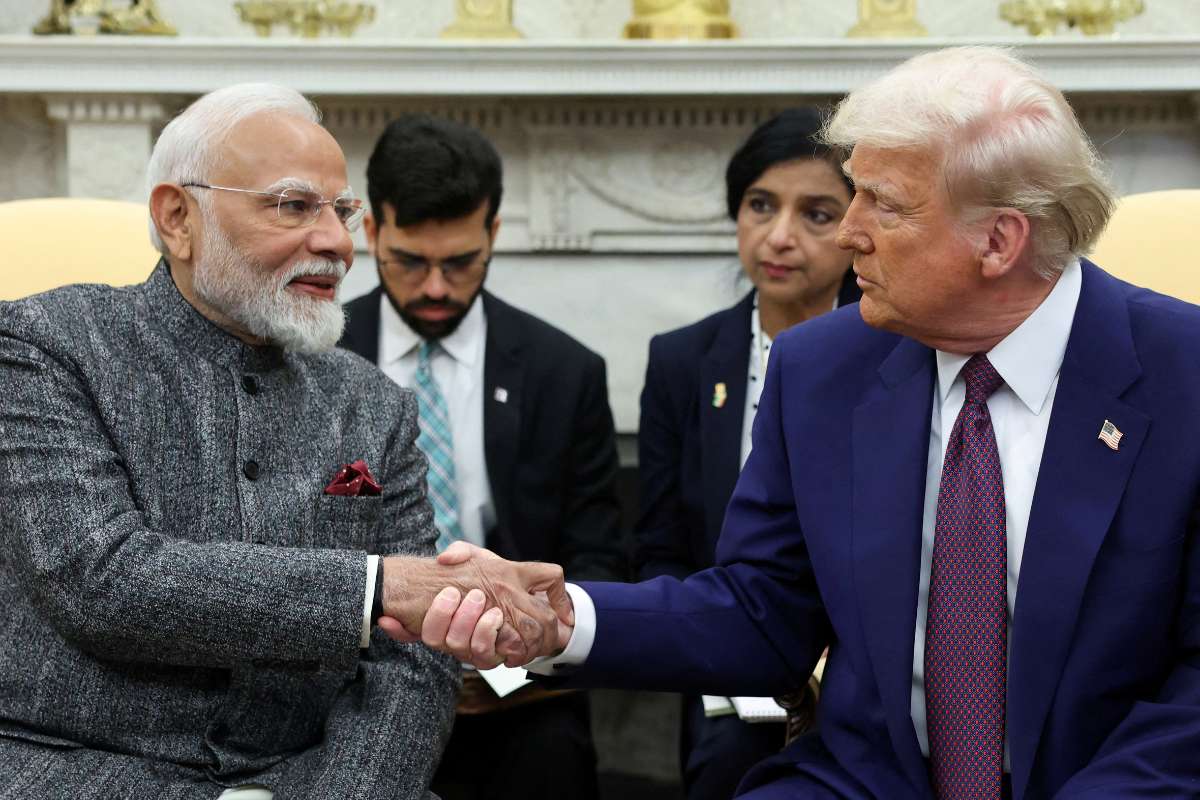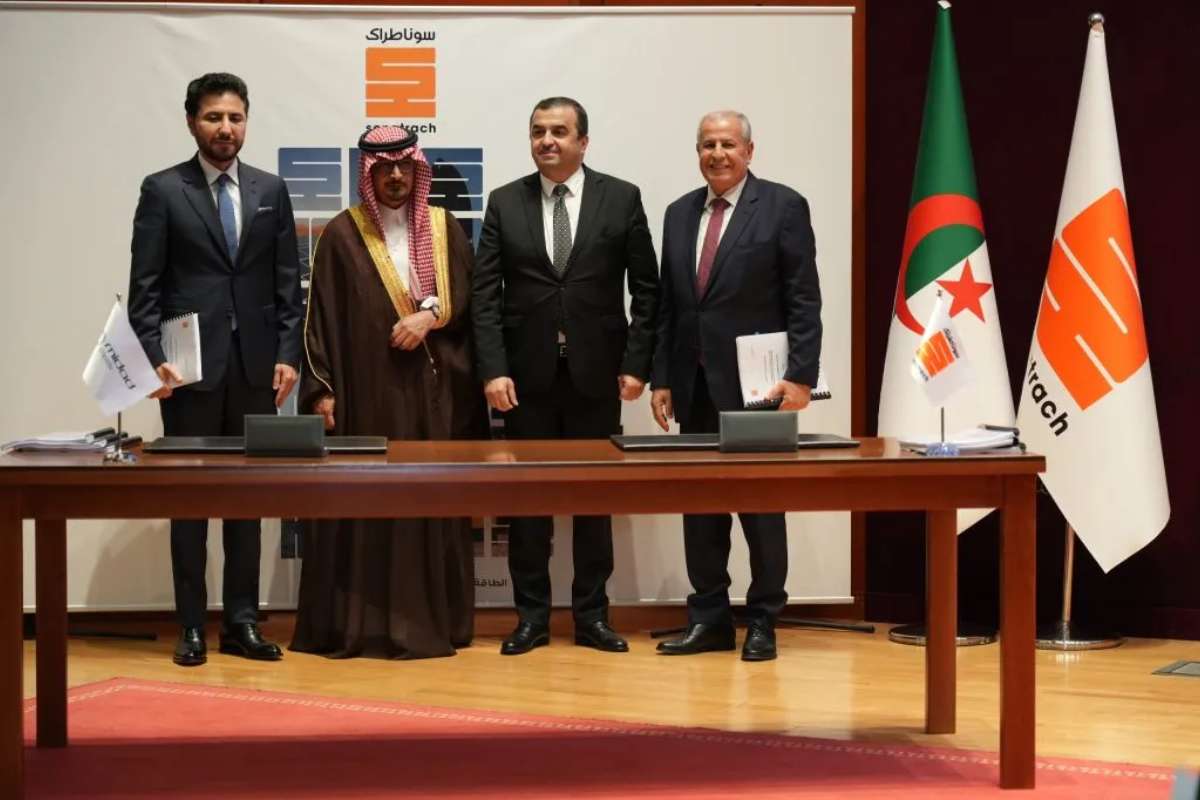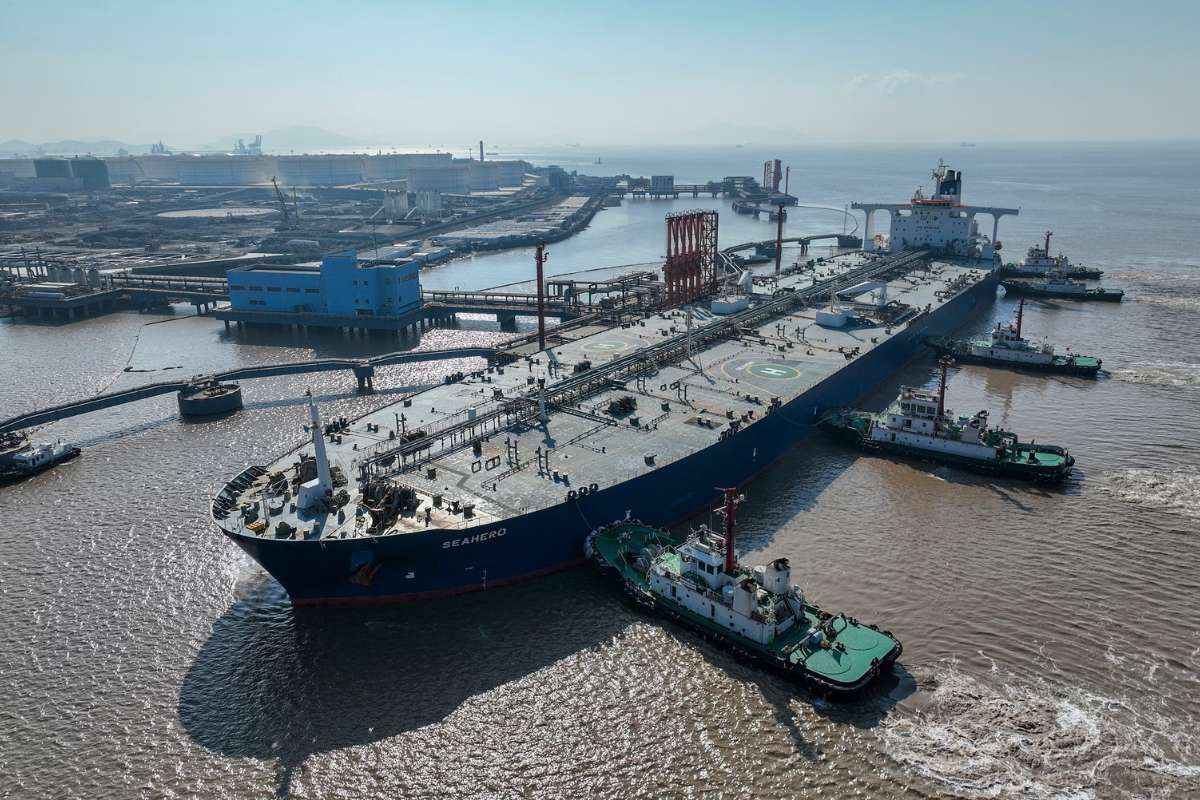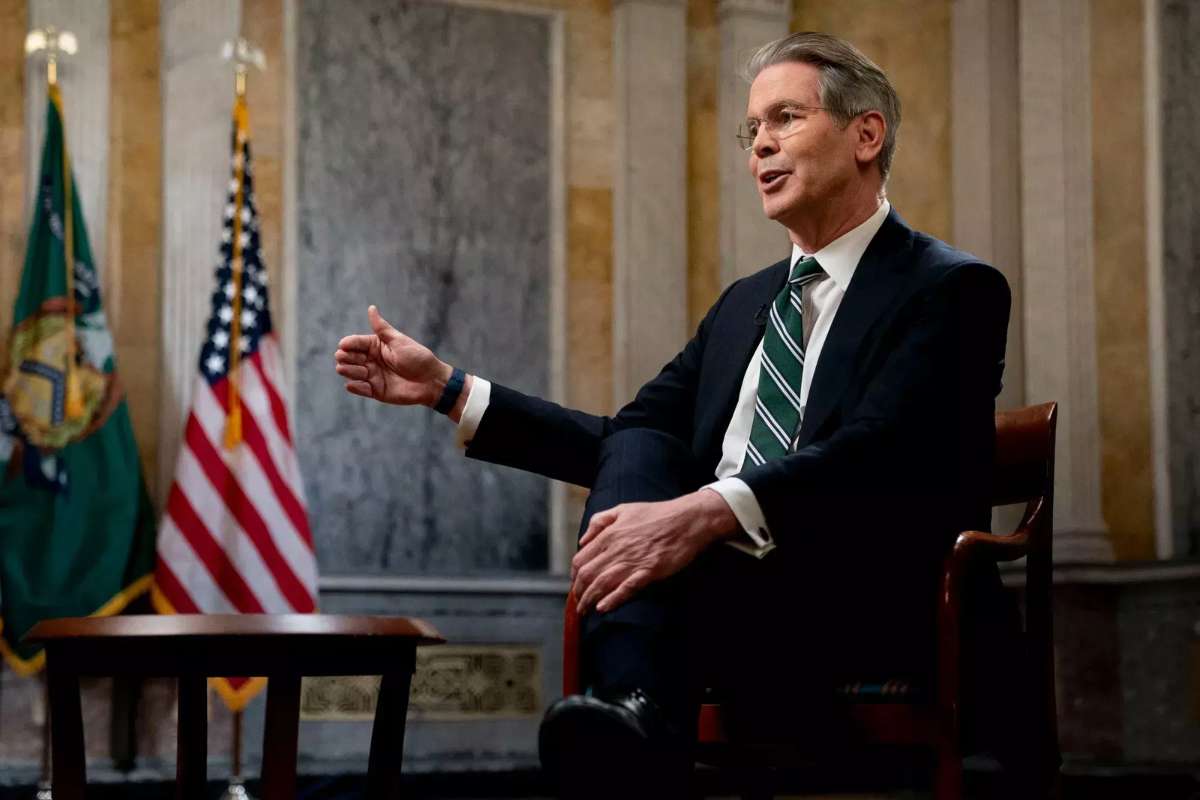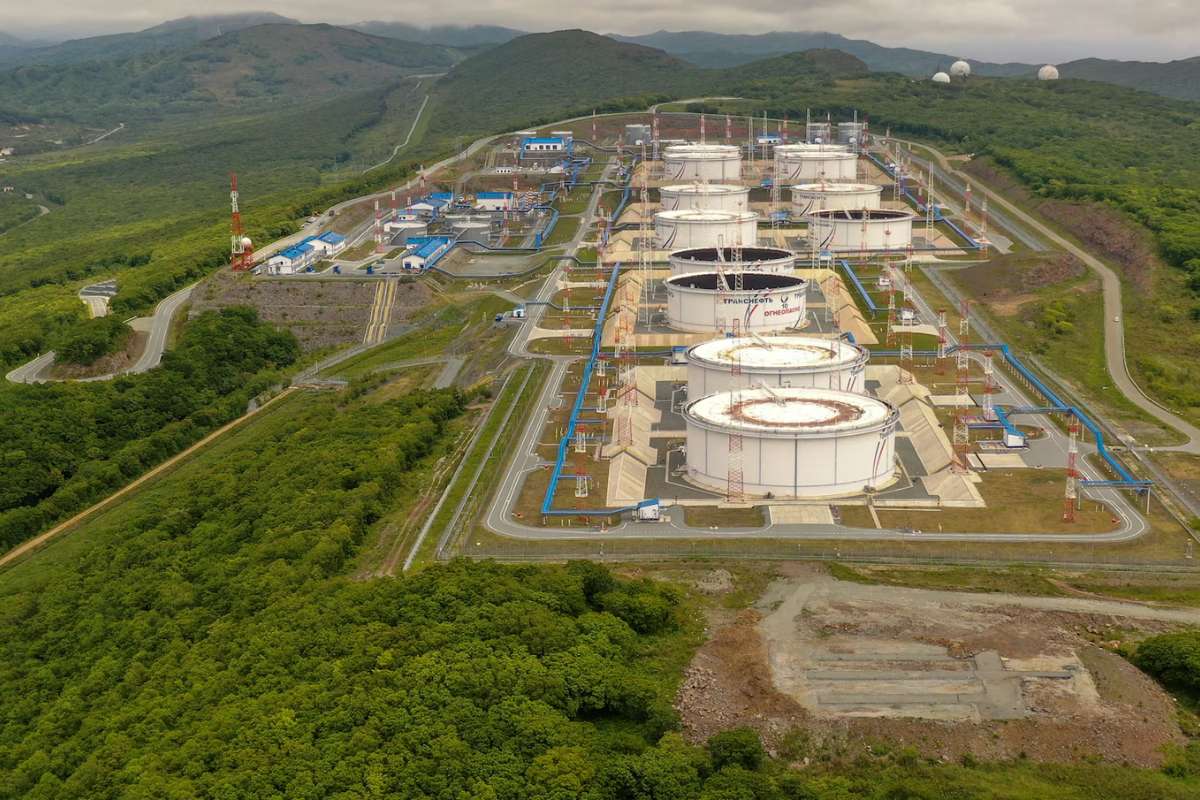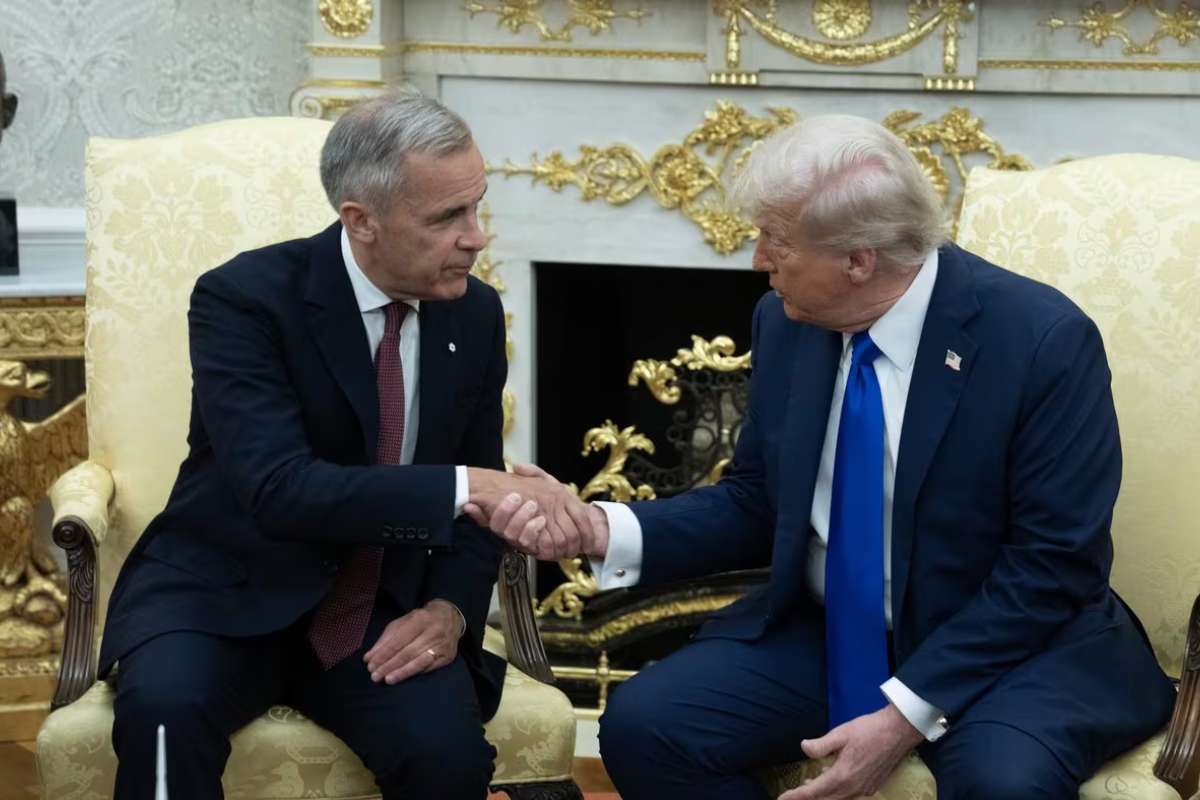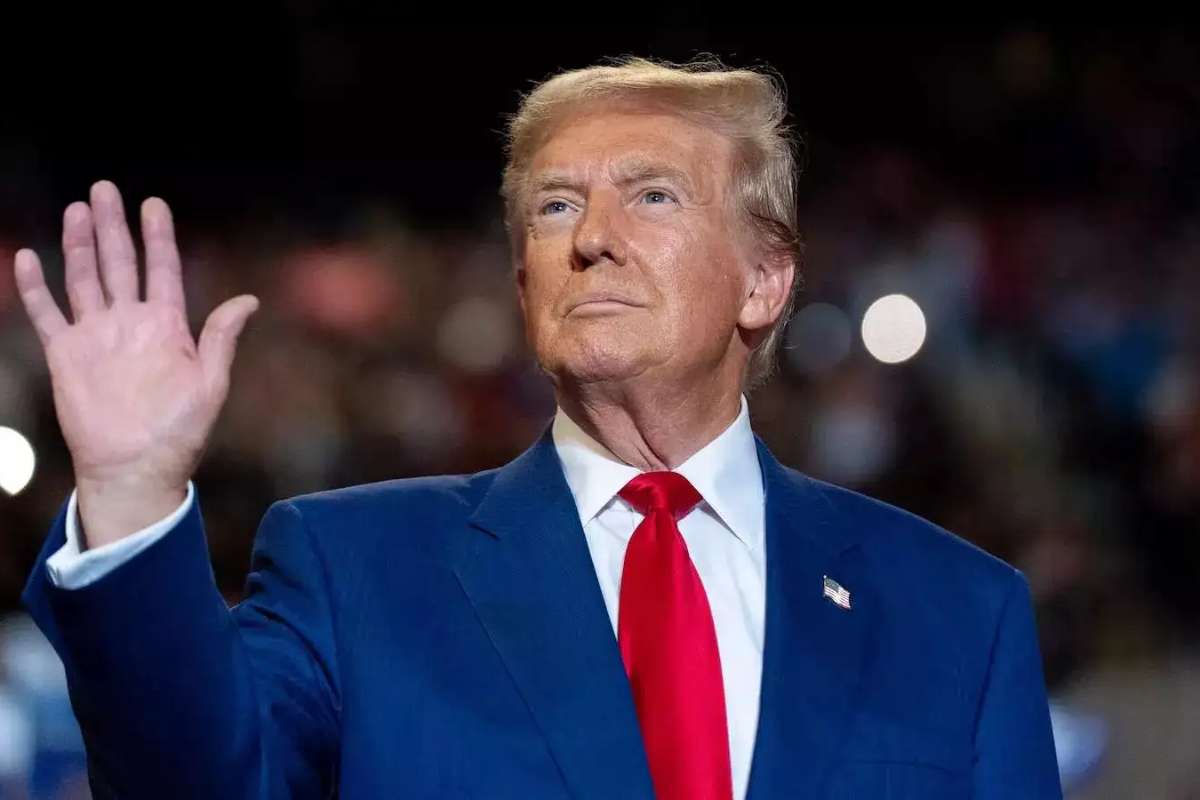Key Points:
- OPEC+ plans a 547,000 bpd output boost in September.
- Oil prices dipped after the announcement.
- Future hikes may be limited by non-OPEC growth and compliance gaps.
Oil prices edged lower on Monday, August 4, after OPEC and its allies (OPEC+) confirmed a production increase of 547,000 barrels per day (bpd) starting in September. The decision comes as part of a broader effort to restore pre-pandemic supply levels amid strong global demand and low inventories.
Key Details:
- Brent crude futures fell by 0.26% to $69.49 a barrel.
- U.S. West Texas Intermediate (WTI) dropped 0.18% to $67.21 a barrel.
- OPEC+ will increase output by 547,000 bpd in September.
- The total supply recovery now amounts to around 2.5 million bpd, or approximately 2.4% of global oil demand.
Operational and Strategic Details
The production hike represents the latest phase of Oil OPEC+’s ongoing strategy to unwind pandemic-era supply cuts. Since early 2021, the group has been gradually restoring output to meet recovering global demand. September’s increase includes a separate expansion of capacity for the United Arab Emirates, highlighting the group’s internal flexibility.
Despite the announced quota, analysts expect the realized output increase to be closer to 1.7 million bpd due to underperformance by several member countries. OPEC+ has historically struggled with full compliance, with some producers facing infrastructure or investment limitations.
Impact on Industry and Market
This production decision signals Oil OPEC+’s confidence in continued demand recovery, supported by a healthy global economic outlook and relatively low inventory levels. However, market fundamentals remain complex. Increased production from non-OPEC sources, particularly the U.S., Canada, and Brazil, has begun to reshape global supply dynamics.
According to market analysts, OPEC+ is attempting to maintain pricing stability without over-supplying the market, which could risk another price downturn. The current oil prices, still significantly above mid-pandemic levels, suggest that the market has absorbed earlier increases without major disruptions.
Expert Commentary
“While Oil OPEC+ policy remains flexible and the geopolitical outlook uncertain, we assume that OPEC+ keeps required production unchanged after September,” Goldman Sachs noted in a research update. “Growth in non-OPEC output will likely leave little room for extra OPEC+ barrels.”
RBC Capital Markets analyst Helima Croft added, “The bet that the market could absorb the additional barrels seems to have paid off for the holders of spare capacity this summer, with prices not that far off from pre-cut levels.”
Outlook and Implication
Looking ahead, OPEC+ is expected to evaluate the impact of this latest increase before making further decisions. With global demand stabilizing and non-OPEC production gaining momentum, the group may adopt a wait-and-see approach for Q4 2025 and into 2026.
Future output decisions will likely be influenced by seasonal consumption trends, inventory data, and overall economic performance in key markets such as the U.S., China, and Europe. Additionally, member compliance and the actual pace of capacity recovery will remain closely watched metrics.
Oil OPEC+’s decision to raise output in September underscores the alliance’s strategic shift toward supply normalization in response to resilient global demand. While short-term oil prices saw modest declines, the market continues to reflect a cautiously balanced outlook shaped by production discipline, competitive pressures, and evolving global consumption patterns.
